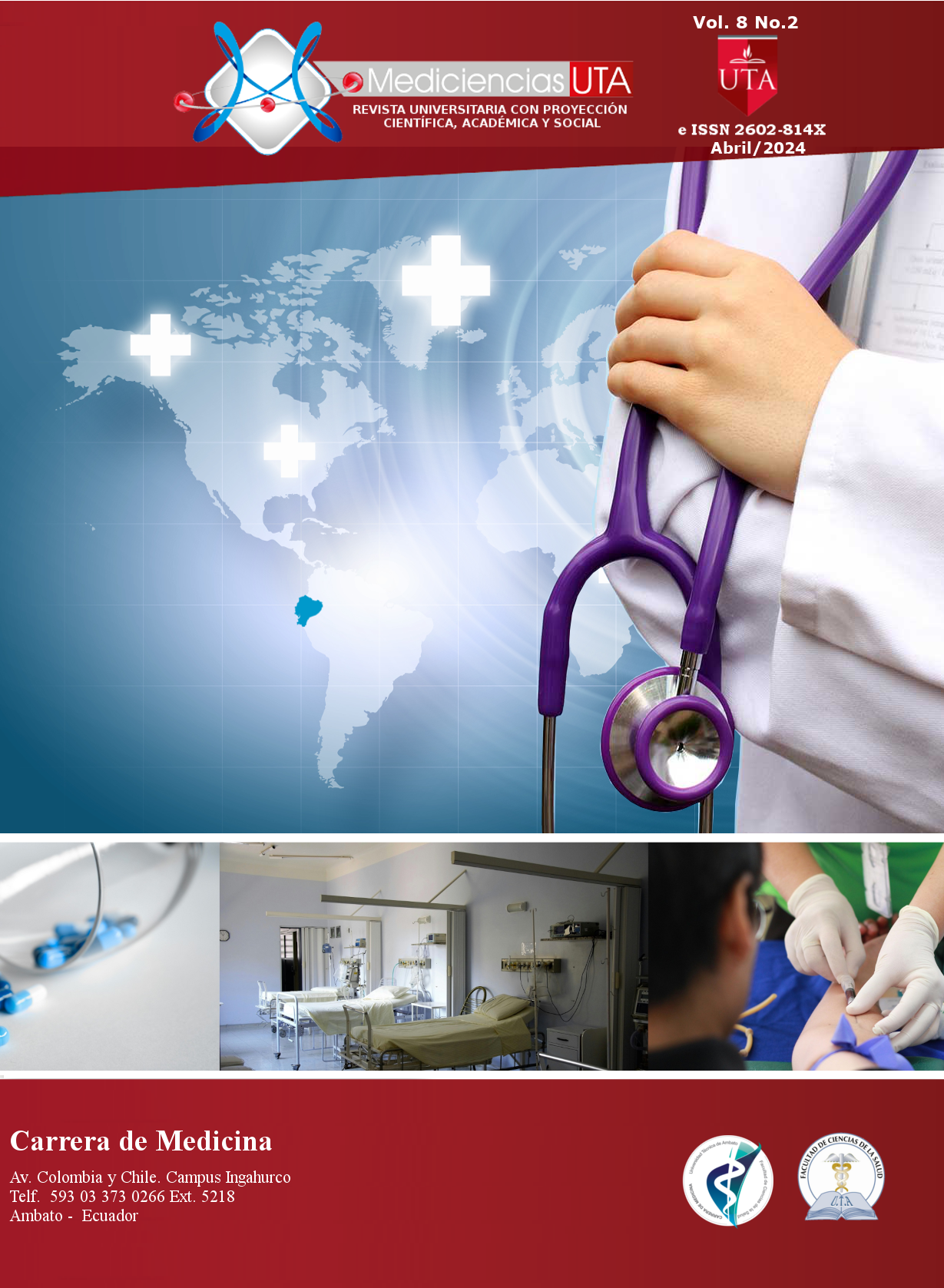Tropical parasitic infections. A systematic review
Main Article Content
Abstract
Introduction: Tropical infections are a set of diseases, whose name is due to their affinity of presentation in intertropical areas, in addition to the geographical, climatic, environmental situation or vectors and reservoirs necessary for their evolutionary cycle, inhabiting areas of the tropics and that affect human health, since this research is justified, describing the current situation of the most frequent tropical infections, their causal agents, geographical distribution and their management. Objectives: Describe the most common tropical infections, their etiological agent and the advances in their management. Materials and methods: Databases such as Latindex, LILACS, Pubmed, Mendeley, ScienceDirect, NLM records, journal websites such as NEJM, PMC, organizations such as the WHO were reviewed to identify the studies, the research topic was used. tropical infections, in English and Spanish, obtaining 31 articles that met the inclusion, addressed the epidemiology, etiology, diagnosis, geographical distribution, treatment and advances in the management of tropical parasitic infections, search resource last time April 5, 2024. Results: In risk populations for Chagas disease, rapid immunochromatographic tests for diagnosis in risk populations were shown to be sufficiently accurate to recommend their use for detection in endemic areas, even as stand-alone tests. Epidemiological studies suggest an association between onchocerciasis with pitching syndrome and epilepsy, with onchocerciasis being a serious problem in tropical areas, considered a factor associated with neurological diseases. Regarding the global prevalence of human fascioliasis, in South America, Africa and Asia it was 9.0%, 4.8% and 2.0%, respectively, with the highest percentage found in Bolivia (21%), followed from Peru (11%) and Egypt (6%). Conclusions: In general, tropical pathology includes parasitic infections of epidemiological diagnosis with clinical suspicion, the certainty of which depends on the study of the agent through the use of antibodies, tests such as polymerase chain reaction and microbiological examination. There is preventive treatment mainly for the most common pathologies worldwide such as malaria, with the use of long-lasting insecticidal nets with piperonyl butoxide, reducing the incidence of Plasmodium vivax and Plasmodium falciparum, as well as curative treatment with primaquine. short-term oral, at a dose of 7 mg/kg, for 7 consecutive days. Among the most frequent infections in tropical America, leishmaniasis stands out, whose intralesional treatment with meglumine antimoniate is encouraging with better re-epithelialization and fewer adverse effects
Downloads
Article Details

This work is licensed under a Creative Commons Attribution-NonCommercial-ShareAlike 4.0 International License.



